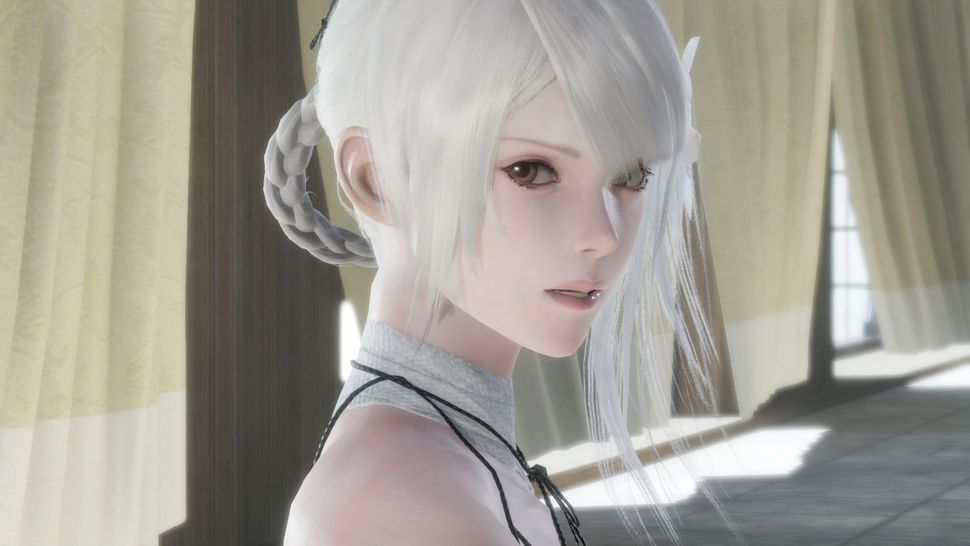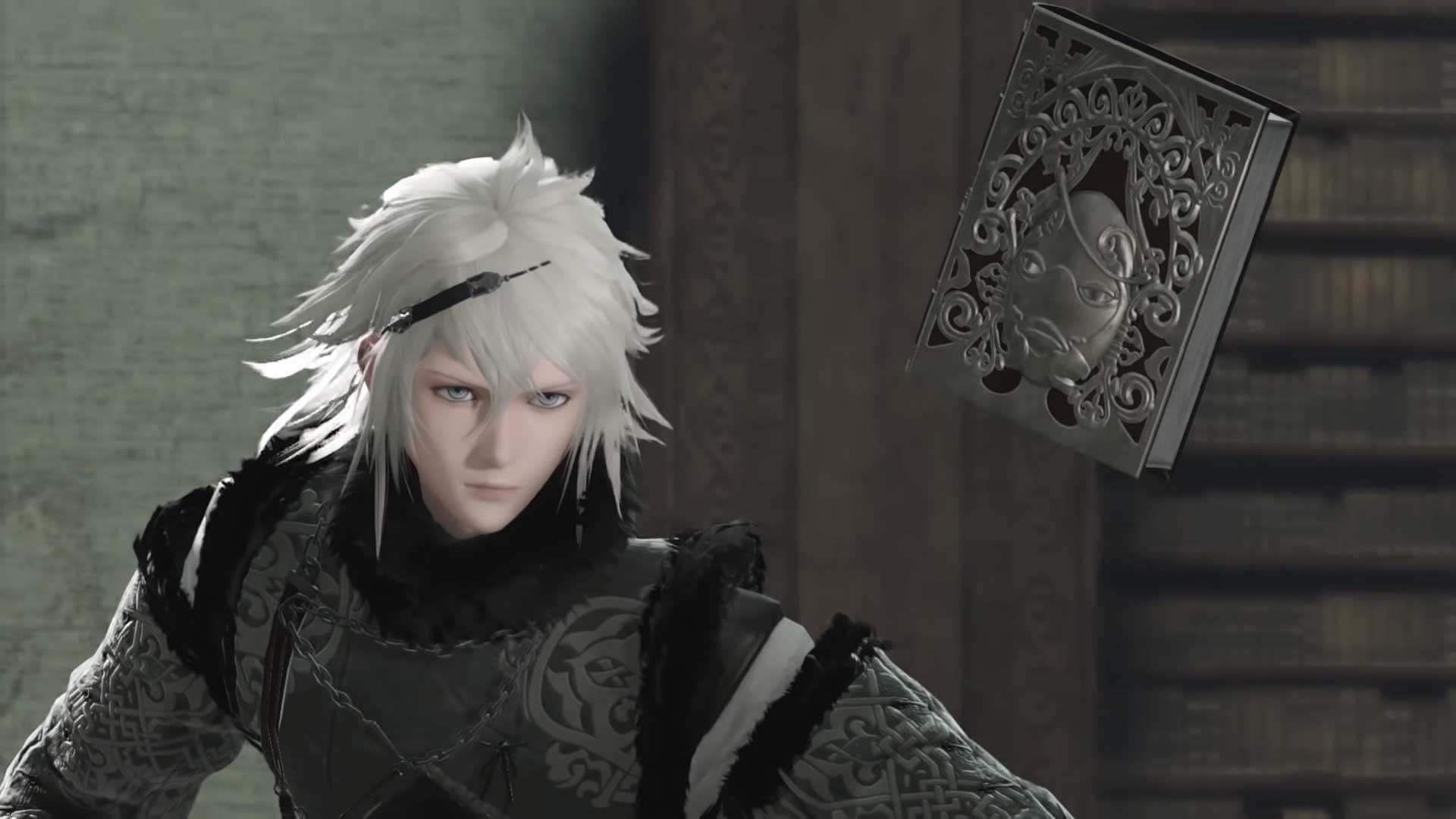

The visuals overall are updated as well, and, while not up to par of brand new releases, they complement the story’s tone well enough to get by. The script is mostly the same with a few touch-ups, but the voice acting is deeply expanded, with most characters having more spoken dialogue from the original voice cast. Grimoire Weiss, the floating magical book that accompanies you, has genuinely funny quips for almost everything, and Laura Bailey as Kaine is a true highlight. While the cast is relatively small, each is distinctly well-written, with notable arcs for almost everyone. One of the key ways Replicant is somewhat more engaging than Automata is its impressive cast of characters. Not all of the environments are entirely unique, especially with some of the grassland areas starting to blend together, but they each strike a delicate design balance between being open and allowing you to traverse them quickly. I like the way the story is structured, making the most of its limited environments by sending you through them each multiple times with different goals and obstacles along the way. The story is split into two parts separated by 5 years, though everything is primarily centered around Yonah and her illness, and the first half mostly acts as a setup for the second half’s journey instead of an entirely necessary part of the plot. While the attempt to find a cure is the general goal from the start, it’s not long until you’re roped into a bunch of other missions and questions to answer.

"It’s clear that the upgraded Replicant tries to narrow the gap between it and Automata, and while the new and old features don’t always mesh, nor does it ever really match Automata’s peaks, Replicant is a great new reason for any fan to jump back into NieR’s terrifying and high-octane world." At first, she’s not inflicted with anything concrete, more so a general illness, but soon she contracts something known as the Black Scrawl, which is rare and previously incurable.

A short prologue sets up the events of the world more than 1300 years later, where you play as the older brother of a sick young girl named Yonah. The visuals and performance have been much improved, but in content it’s mostly the same experience as it was back in 2010, specifically the version released on PlayStation 3. The vast majority of Replicant hasn’t changed in its transfer to new consoles. It’s clear that the upgraded Replicant tries to narrow the gap between it and Automata, and while the new and old features don’t always mesh, nor does it ever really match Automata’s peaks, Replicant is a great new reason for any fan to jump back into NieR’s terrifying and high-octane world. It was easy to forget that Automata was a sequel to 2010’s NieR Replicant, which had multiple versions released depending on which console you played on and garnered altogether less praise than Automata, but Replicant has now been updated with Ver 1.2247…, a profoundly cumbersome name for a greatly successful remaster. It contained a refreshing, fast-paced, and diverse array of gameplay mechanics to complement a deceptively deep story with multiple playthroughs required to see everything. When NieR: Automata released in 2017, it was one of the most surprising and intriguing games of the generation.


 0 kommentar(er)
0 kommentar(er)
